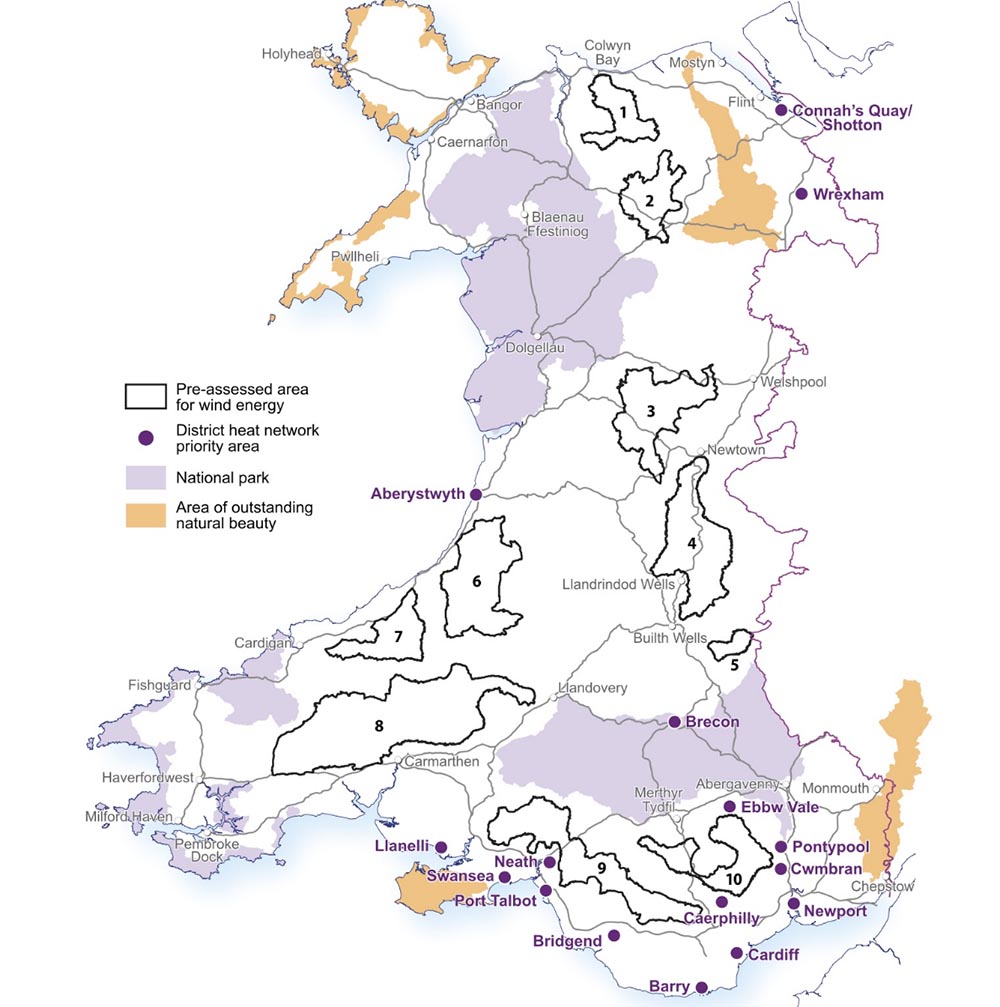Cymraeg translation pending ... please come back later!
Dewisiadau eraill
In a recent UK parliamentary debate, Ben Lake MP stated: “For Ceredigion, 118% of our local electricity consumption in 2022 was met by local renewable electricity generation.”
Wales has the potential to meet all its energy needs by 2030 without relying on onshore wind farms. The global climate crisis needs urgent attention, but we do not need to destroy rural Wales.
By changing attitudes finding a better balance between availability and use, and harnessing more efficient alternative energy sources, we can pave the way for a more sustainable and environmentally friendly future.
The Welsh Government report ‘Energy Generation in Wales 2022’ states:
“In 2022 Wales generated twice as much electricity as it consumed. Wales consumed approximately 13 TWh of electricity while electricity generators in Wales produced approximately 29 TWh. This means that Wales was a net exporter of electricity to the rest of Great Britain, Ireland and the wider European network… 7.9TWh of which comes from renewables”
According to the 2022 UK Greenhouse Gas Emissions report (pg 22), the United Kingdom's carbon emissions account for only 1% of the world's total, making Wales’s contribution negligible. Despite this, the Welsh Government has identified ten rural areas in Wales as Pre-assessed Areas with a presumption in favour of large-scale wind farm developments under policy 17 in “Future Wales - The National Plan 2040” (Sept 2020 version). We are in area 6.

These developments will not significantly contribute to saving the world and will provide minimal benefits to Welsh communities. Much of the generated energy will be exported, and profits will mostly go to foreign companies.
Instead of the onshore wind projects, expanding the North Wales offshore wind farms to produce 1.5 GW is all it needs. This is a quick, easy, and cost-effective route, and plans for this already exist.
Using the UK Government's FLOMIS scheme and ABP investment would provide a £1Billion fund to turn Port Talbot into a manufacturing and maintenance facility for floating offshore wind farms for the Celtic Sea and other places. The Celtic Sea would provide about 4.5Gw, much more than needed for Wales, so could be exported. Jobs for people being displaced from the steelworks and power for the new electric arc furnaces. Yes, it would take much longer than the North Wales offshore option, but it is a no-brainer given its overall benefits.
This article delves into a range of alternative energy options, offering a comprehensive look at their advantages and disadvantages.